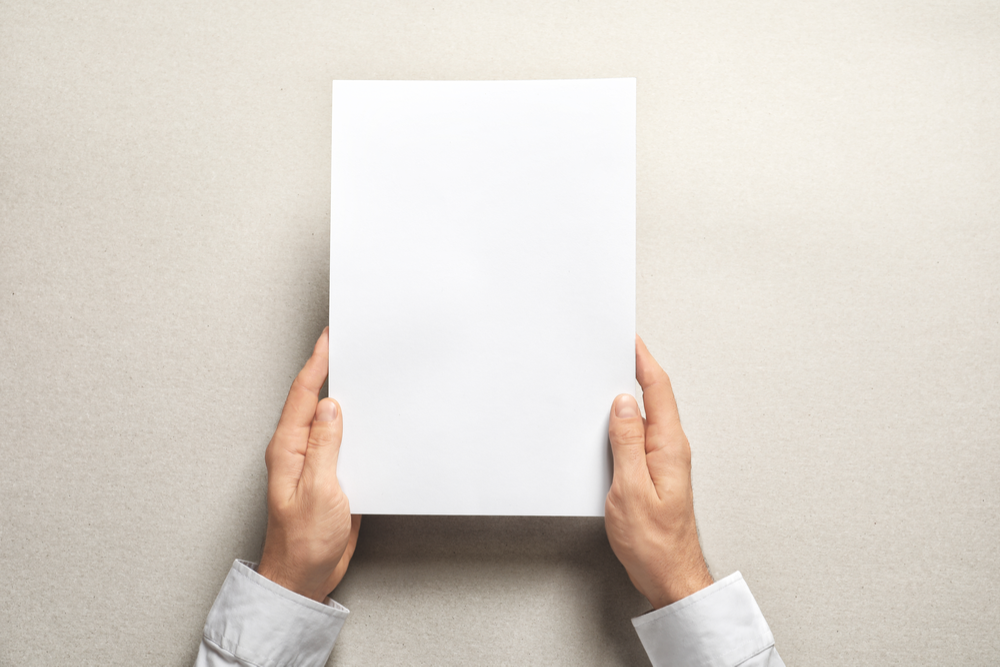When you decide on a paper product, it’s important that you begin with the end in mind. You have to have an idea how the paper will be used. There are many different weights and glosses of paper that affect printing. The type of paper determines the quality. A heavier paper is going to feel more luxurious than a thinner paper. Compare a wedding invitation to a grocery store receipt. They’re both printed on paper, but feel worlds apart. When choosing multipurpose paper for an office, 24lb paper makes a huge difference compared to 20lb everyday copy paper.
What Paper Weight Means
Paper comes in a variety of different shapes, sizes, finishes, and weights. A paper’s weight is measured in pounds per 500 sheets. When the manufacturer is figuring out the weight of their paper, they will decide on a standard sheet size for all of the different types to make sure the measurements are accurate. Each type of paper will be cut into this size and weighed at 500 sheets.
Read Also: How to Choose Paper When Price is the Most Important Factor
Bond Paper
The standard printer paper used in offices is called Bond paper. It starts at 20lb thickness. This type of paper got its name in the late 1800s when it was used to print government bonds and other official documents. This type of paper is used for stationary/business letterhead, official documents, handwritten notes, drawing with pencils, markers, and pens. It can be used in printers, copy machines, and fax machines.
Why 24Ibs?
The most affordable option for copy paper is typically the 20lb option. When it comes to 20lb versus 24lb and the difference is noticeable. When a report or document is printed on 24lb paper, it feels more formal, authoritative, and credible. The heavier weight and thickness of the paper is sophisticated and, when it comes to Double A, does not lack in brightness.
This thicker paper also performs well for double-sided printing. With Double A, there will be no show-through or jams. A 24lb paper is going to work better for presentations and double-sided documents. When printing something in the office, you want your paper to stand out due to its quality without being over-the-top. It should be classy and set the tone before the first word is even read.
Learn More: When to Consider Switching Paper Brands
What about Thicker Papers?
While a thicker paper (think a 32lb) is going to be appropriate for an important document like a legal contract or important business proposal, it’s not your every-day office paper. It feels high quality, but can be over-the-top and seem wasteful for internal use. A 24lb paper is the perfect balance of thickness that shows quality while still maintaining practicality.
The paper you choose has a significant impact on how a reader perceives the document. As a paper is handed over or printed, the first impression is often the feel. The thickness will affect how the document is initially perceived. A flimsy, thin paper could cheapen a handout, while a slightly thicker paper, could add validation. When choosing an office paper, a 24lb paper promises quality to the documents printed with it.

